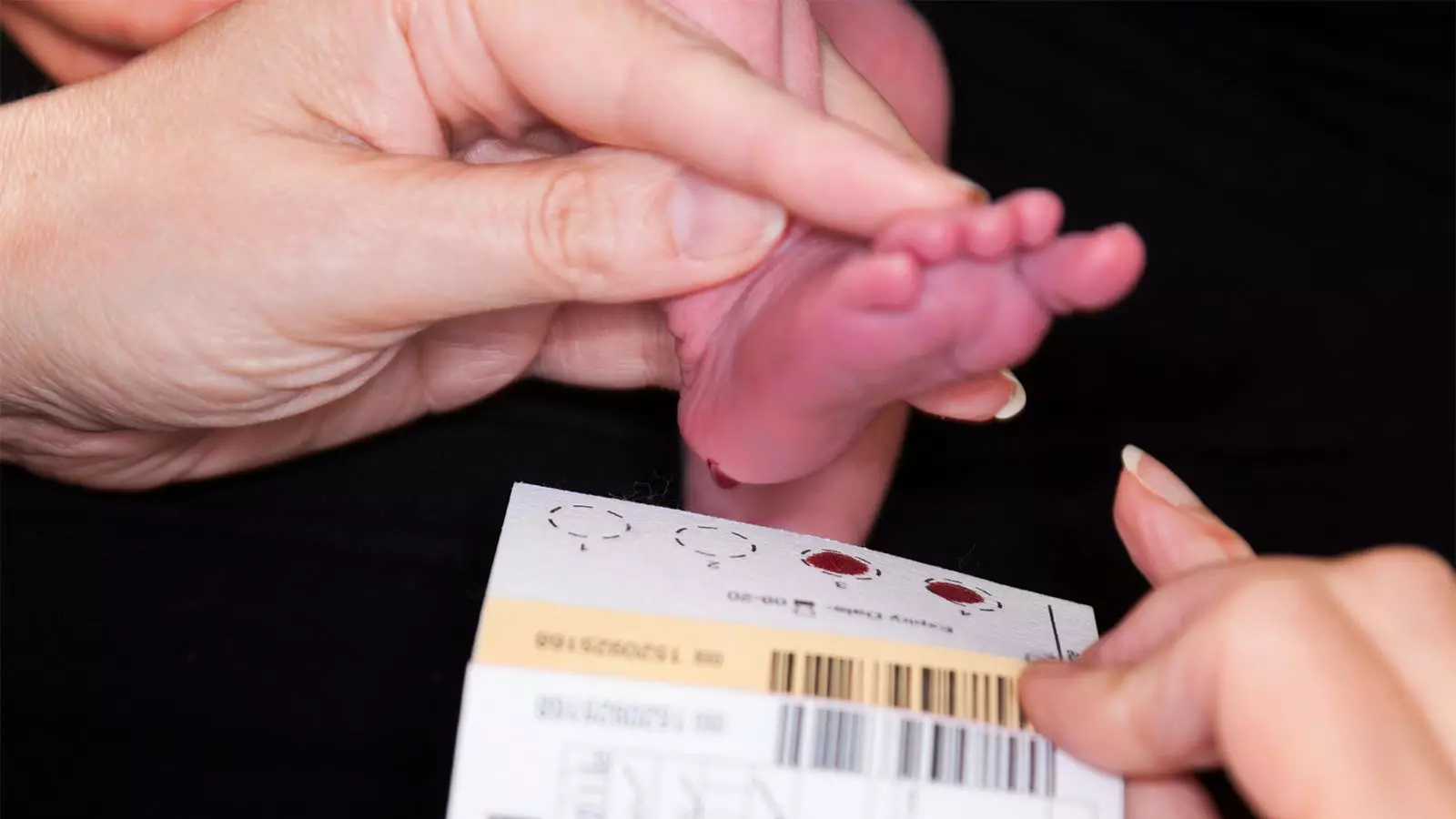Recent data from newborn screening programs in the U.S. have revealed revised prevalence estimates of spinal muscular atrophy (SMA), challenging previous assumptions about the frequency of this condition. These findings are crucial in understanding the true burden of SMA and its implications for healthcare resource planning and research in SMA care and treatment.
Contrary to earlier projections, a recent study based on population-level data from 30 states’ screening programs found that approximately one in every 14,694 babies born between 2018 and 2022 had SMA. This rate is lower than the previously reported estimate of one in 10,000, highlighting the importance of utilizing newborn screening programs for more accurate prevalence data.
The widespread implementation of newborn screening for SMA since 2018 has enabled early identification of the condition, leading to improved motor development in affected infants. By initiating treatment sooner, healthcare providers can address symptoms and potentially prevent disease progression. Additionally, newborn screening can detect milder cases of SMA that may not present symptoms until later in life, underscoring the significance of early detection.
The recommendation by professional organizations like the American College of Obstetricians and Gynecologists for carrier screening for SMA has influenced reproductive choices and may have contributed to the current birth prevalence of the condition. This shift in care practice emphasizes the importance of genetic testing in informing family planning decisions and potentially reducing the incidence of SMA in future generations.
While certain states like New York, Pennsylvania, and Florida reported higher numbers of positive SMA test results, their prevalence rates varied. For instance, New York, despite having the most confirmed cases, had a prevalence of only 1 in 20,310. These discrepancies highlight regional differences in SMA prevalence and underscore the need for targeted interventions and resources in high-risk areas.
The study also examined the role of the SMN2 gene in influencing disease severity in SMA. While both copies of the SMN1 gene are typically absent in SMA, having multiple copies of the SMN2 gene can lead to milder forms of the disease. Understanding these genetic factors is essential in predicting disease progression and tailoring treatment strategies to individual patients.
Despite the insights gained from this study, the authors acknowledged limitations in data collection and timing, which may have impacted the accuracy of the prevalence rates. Future research should focus on longitudinal studies and expanded screening efforts to generate more comprehensive data on SMA prevalence and outcomes.
The recent findings on SMA prevalence from newborn screening programs have significant implications for public health, clinical practice, and research in SMA. By leveraging population-level data and genetic testing, healthcare providers can improve early detection, treatment, and outcomes for individuals affected by SMA. Continued efforts in screening, research, and care coordination are essential in addressing the challenges posed by this complex neurodegenerative disease.



Leave a Reply